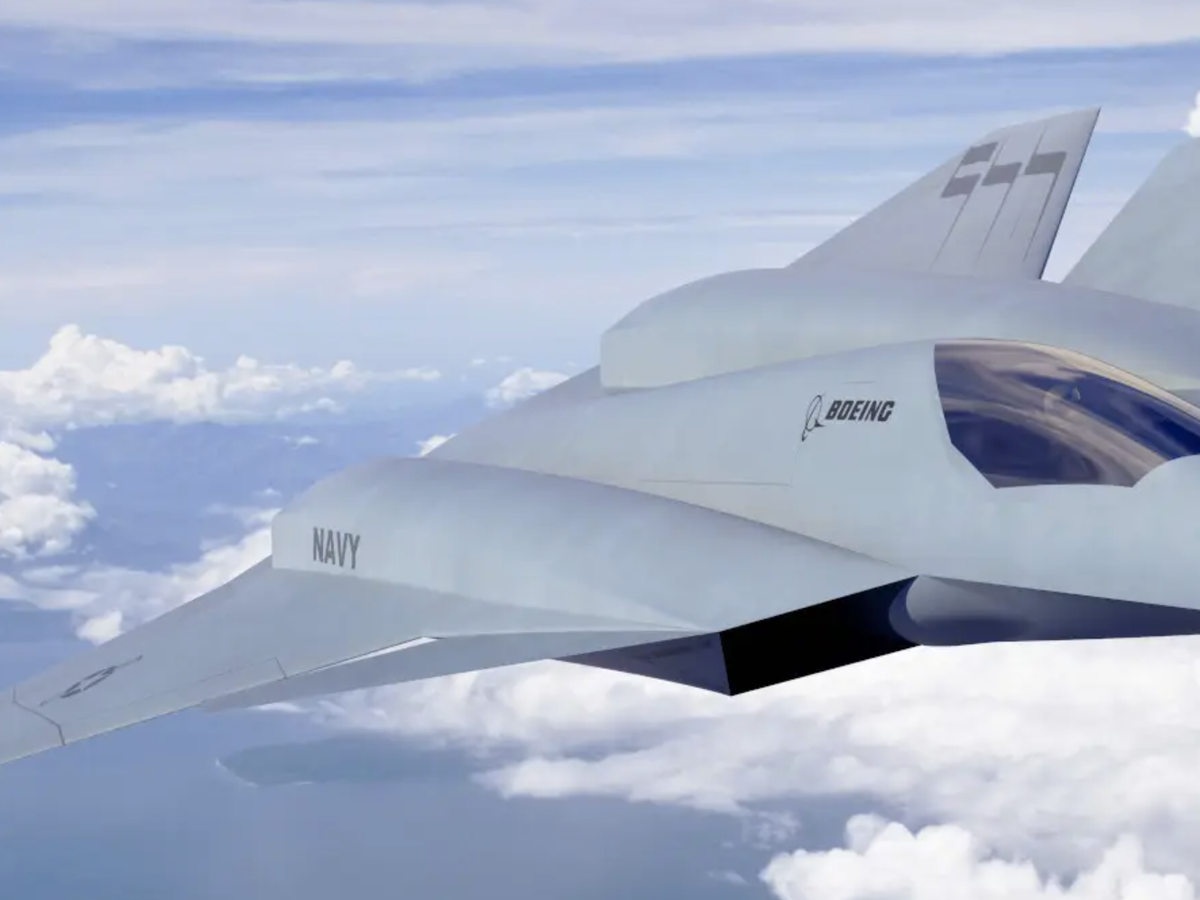Prioritizing Readiness: Navy Delays Next-Gen Fighter Funding

Naval Focus Shift: Navy Delays F/A-XX Strike Fighter Funding for Immediate Investments. (PHOTO: Popular Mechanics)
Fiscal Constraints Force Budgetary Revisions
According to Breaking Defense, in a strategic move to prioritize current readiness over future modernization, the US Navy has opted to delay approximately $1 billion in funding earmarked for the development of its next-generation strike fighter in the latest budget. This decision, announced by senior Navy leaders signifies a deliberate sacrifice of long-term modernization efforts to maintain high readiness levels. The postponement of funding allocation means that crucial decisions regarding the awarding of contracts for the program will be deferred presenting a setback for aerospace giants Boeing, Lockheed Martin, and Northrop Grumman, all vying for a production contract. Rear Adm. Ben Reynolds, deputy assistant secretary of the Navy for budget emphasized the Navy’s unwavering commitment to enhancing the capacity and lethality of its carrier wing despite the funding delay. The Navy’s original projection of allocating around $1.5 billion for the F/A-XX strike fighter in FY25 had to be revised due to constraints imposed by the Fiscal Responsibility Act of 2023. This legislation aimed at imposing fiscal discipline sets a defense spending cap of $895 billion for FY25, leading to the redistribution of funds into future budgets.
READ ALSO: Haiti Embassy: US Military Mobilizes For Security And Evacuation
Transitioning from Legacy to Next-Gen Aircraft: Impact on Navy Procurement
The decision to delay the development of the next-gen strike fighter comes in the wake of the Navy’s earlier announcement to cease production of the Boeing-made F/A-18 Super Hornet a longstanding staple of the Navy’s aircraft fleet. With the Navy signaling its intent to transition to newer aircraft models, Boeing announced its plans to halt F/A-18 production in 2025, marking the end of an era for a warplane that has served in the US Navy since the 1970s. This strategic shift in procurement decisions could potentially face scrutiny from lawmakers already skeptical of the Navy’s plans to address its strike fighter shortfall setting the stage for challenging deliberations in upcoming congressional hearings.

















































